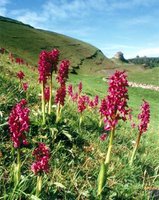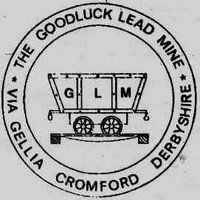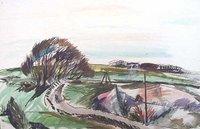Scenic but toxic: all that is left of Derbyshire's lead mines



The rolling landscape of the Derbyshire ‘dome’ , the plateau or massif that is the White Peak of Derbyshire, is speckled with copses and smaller stands of trees, usually sycamore. Drystone walls – white ones in this limestone region criss-cross the landscape.
Black metalled roads and rougher, green cart tracks cut up the hills like so many cuts of a knife across an apple pie. Houses knotted into villages along the string of highways, each with a grange, a pub and a post office, and a church and vicarage.
The trees hide a secret; they usually indicate the vent of a disused mine or the spoil tips of its worked out ores. These are themselves being mined these days, not for the lead that has been left, but for fluorspar, valuable as flux in the manufacture of high grade tool steels in far away Sheffield.
The trees were planted to stave off the sunlight from the polluted ground adjoining the site of former subterranean industry; lead is highly toxic, and so are its bi-products. Animals grazing near would mysteriously grow ill and die were it not for the trees and a few well placed walls.
This part of Derbyshire is beautiful, but part of that beauty arises from the need to protect itself from its former sources of wealth.
Robert L. Fielding

0 Comments:
Post a Comment
Visit My Website<< Home